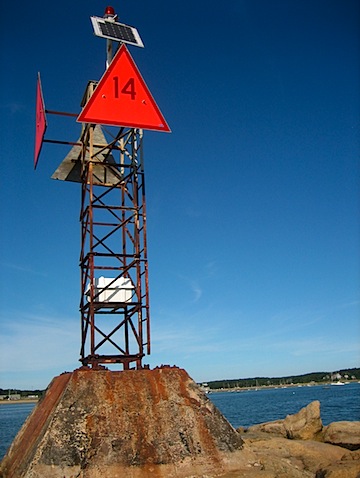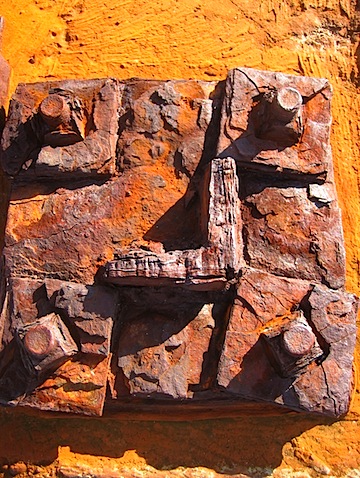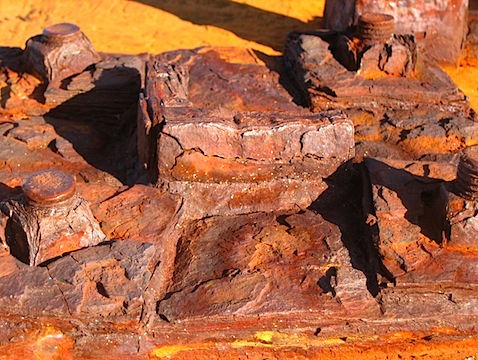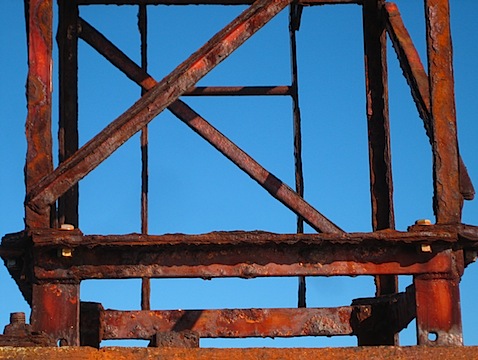Milling Aluminum Brackets for the Helium Dining Table
After I built the Torus Pedestal table I was still intrigued by the possibilities of creating joinery by milling chunks of aluminum. In designing a new dining table I chose to use a similar technique to create the joint where the leg meets the stretcher.
My first step was to mock up the bracket which I had drawn in my sketch book. The wood mock-up allows me to check proportions and really visualize the steps that are needed to create the bracket.
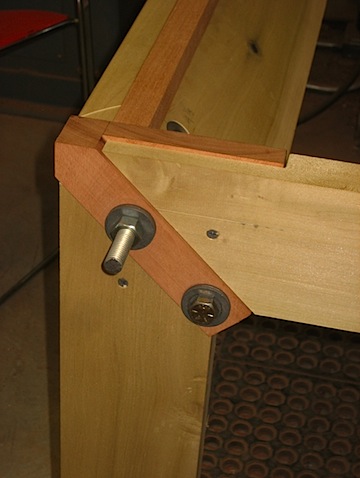
I start with a large piece of aluminum It is 1 3/4″ thick, 8″ wide and 36″ long.
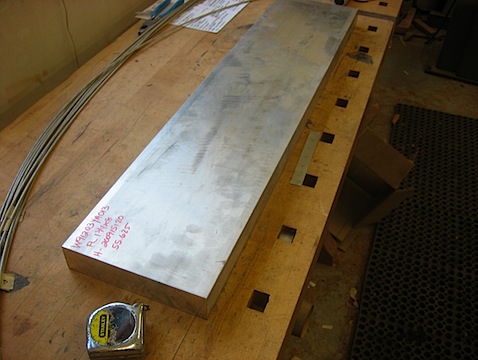
Step one is cutting this massive chunk into more manageable pieces.

Then I am back at my horizontal mill precisely squaring the blocks. In this photo you can really see the coolant and chips flying everywhere!

The blocks are measured with a large micrometer.

The Blocks have been squared up and now the vise is rotated and I change the cutters. The heavy cutting is about to begin.

The chips build up quickly.

The grooves get cut and then the remaining triangles are removed with a saw. You can see the offcuts on the right side of this picture.
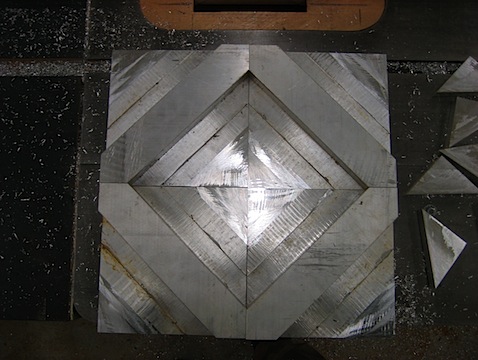
Next I am off to the vertical mill. This machine, made by bridgeport, is more accurate, but less powerful than the horizontal mill. Here I will refine the surfaces created by the mill and saw.
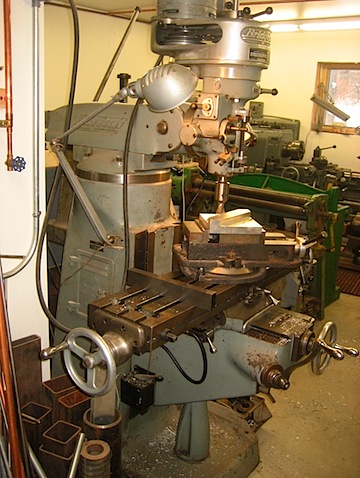
The cutting begins
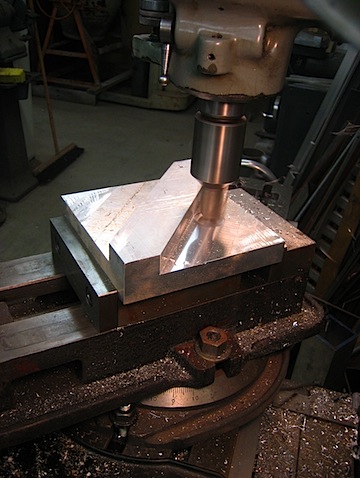
A smaller Micrometer is used to measure the thickness accurately.

Things are looking good.

The bottom corners are roughed out on a saw, then put back on the horizontal mill for finishing. Check out how the chip gets peeled off as the cutter just breaks the edge of the metal.

The brackets are getting close. Time for some drilling and tapping.
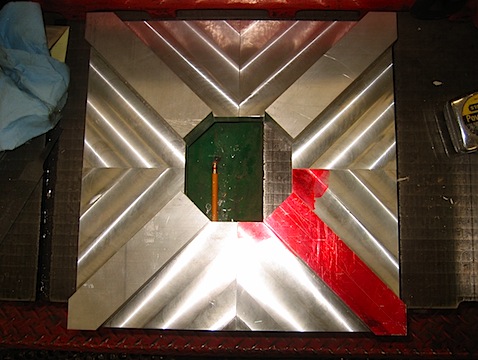
The through holes are drilled and countersunk.
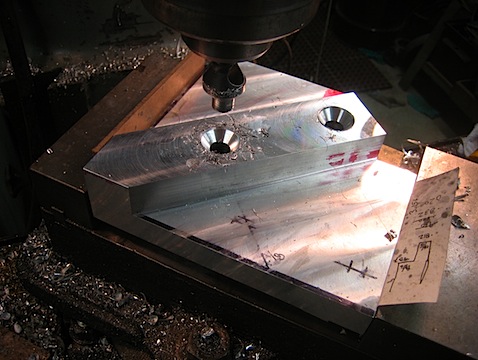
The rest of the holes are drilled and tapped.
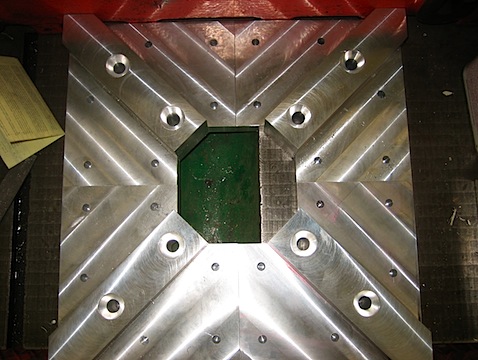
And finally the before and after on the scales. Almost 4 lbs of metal removed- about half the weight!
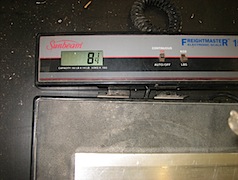
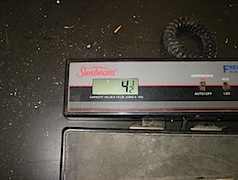
Next stop, building the rest of the table.
Polishing Stainless Bolts
If you have ever had the opportunity to see my furniture in person, you may have noticed that all of the exposed stainless steel fasteners have a great luster to them. This is a finish that I have to create on my own. It is done with a metal lathe and, although time-consuming, I feel the results are absolutely worth it.
Step One is turning with a carbide insert. This creates a perfectly flat surface and eliminates any odd surface marks.

the next step is the polishing the surface with a fine grit sandpaper to further refine the finish

The results are a handful of beauty!

Hardinge Lathe Adventure
One of the tools I use a lot for my work is a metal lathe. For many years I have owned a beautiful behemoth from 1959 made by Cincinnati You can do a lot of work with a big lathe, but it is not as convenient for smaller pieces. I have had my eye on a smaller machine to complement my big Cincinnati for the last year. I finally was able to purchase one- where? of course, eBay!
The lathe was located in Worcester Massachusetts. It had been owned by the recently closed United Screw Machine Products Inc. The son of the original owner was on hand and said their business had been primarily with Stanley in Connecticut. As Stanley has moved more and more manufacturing overseas, their business slowly shrank. The building was a beautiful classic brick factory.

The Loading was done by a professional rigger who was on hand to load the rest of the machines which had been sold as a lot. I actually bought my lathe from the dealer who had bought the entire inventory of machines. Here the rigger backs down a steep ramp to get to my truck.
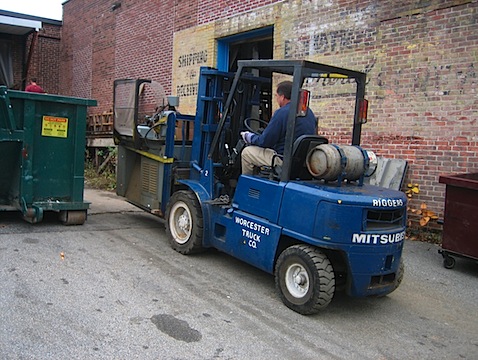
My truck is loaded! Aside from the lathe, a drill press, maple work bench and a few other grimy goodies make it on the load. It actually turns out to be quite a load!
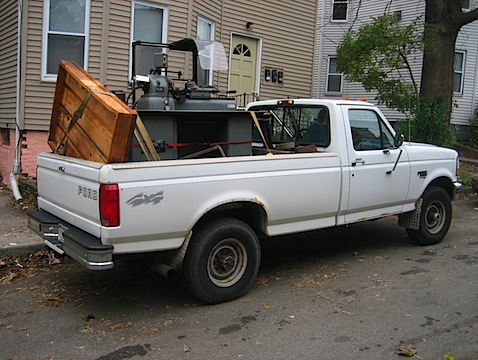
The trip back to the shop is easy and I quickly offload it with my much smaller forklift. Here it is on the ground.

…..And moved into place in the metal shop. You can just see the end of my bigger lathe in the lower left of this photo. The size of the Hardinge Lathe is just one thing. The real advantage is that it is set-up to do small runs of production parts. It features a rotating turret that allows you to rapidly move through numerous tools and perform different operations without changing tooling. It is going to be perfect to make the rod ends for pieces like my Callisto Table. I can’t wait to use it!
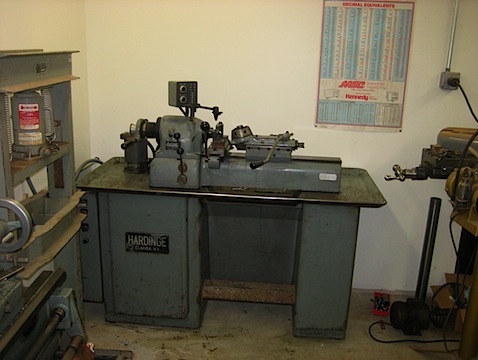
Cape Cod Beacon
My Family has convened at Cape Cod for several years- a tradition going back to my childhood, when we travelled to Cape Cod every summer.
During this trip I spent some time fishing on a stone breakwater that guards Welfleet Harbor. At the end was a beautifully rusted beacon and I took these great shots. It was an especially nice find as we caught NO FISH!
